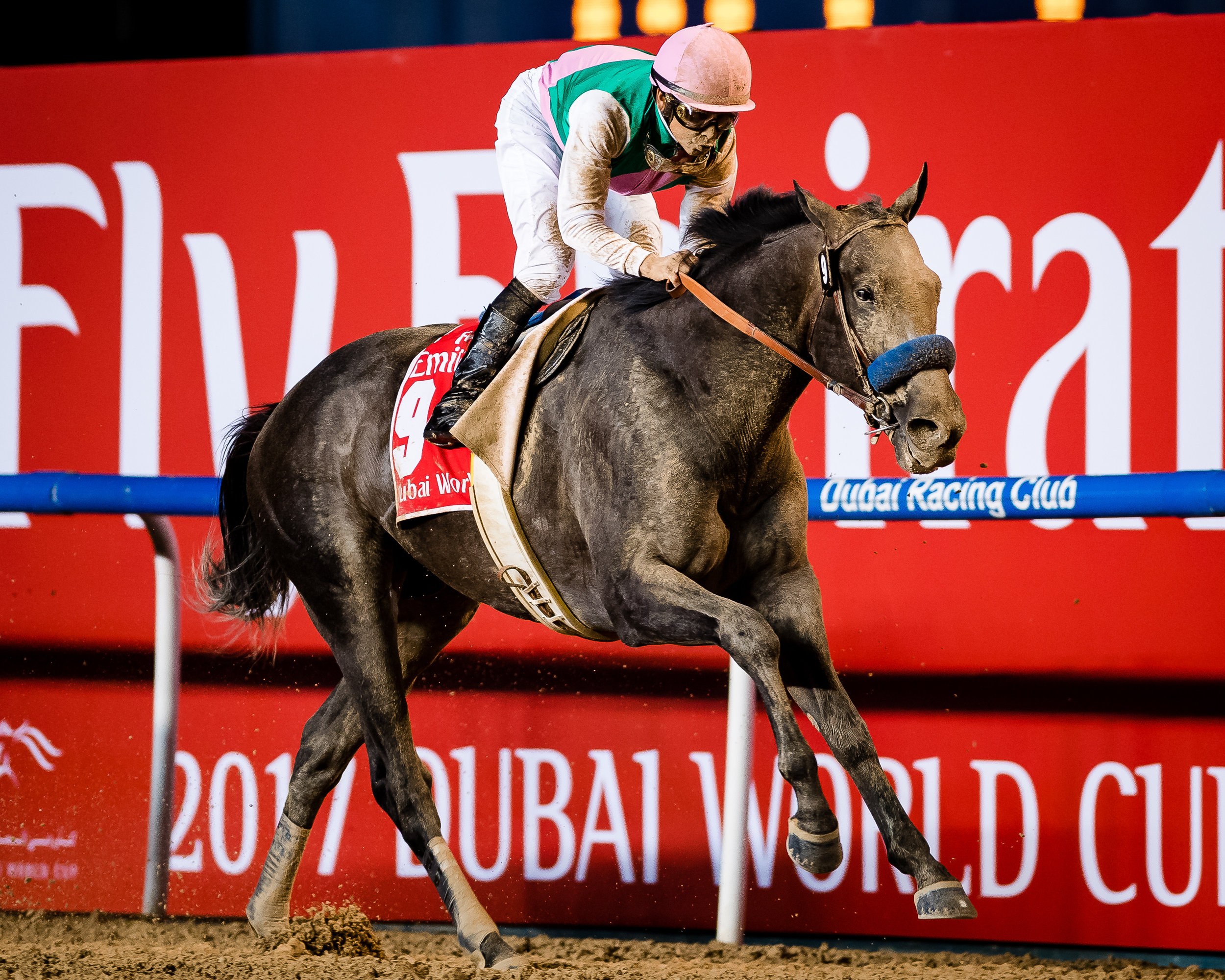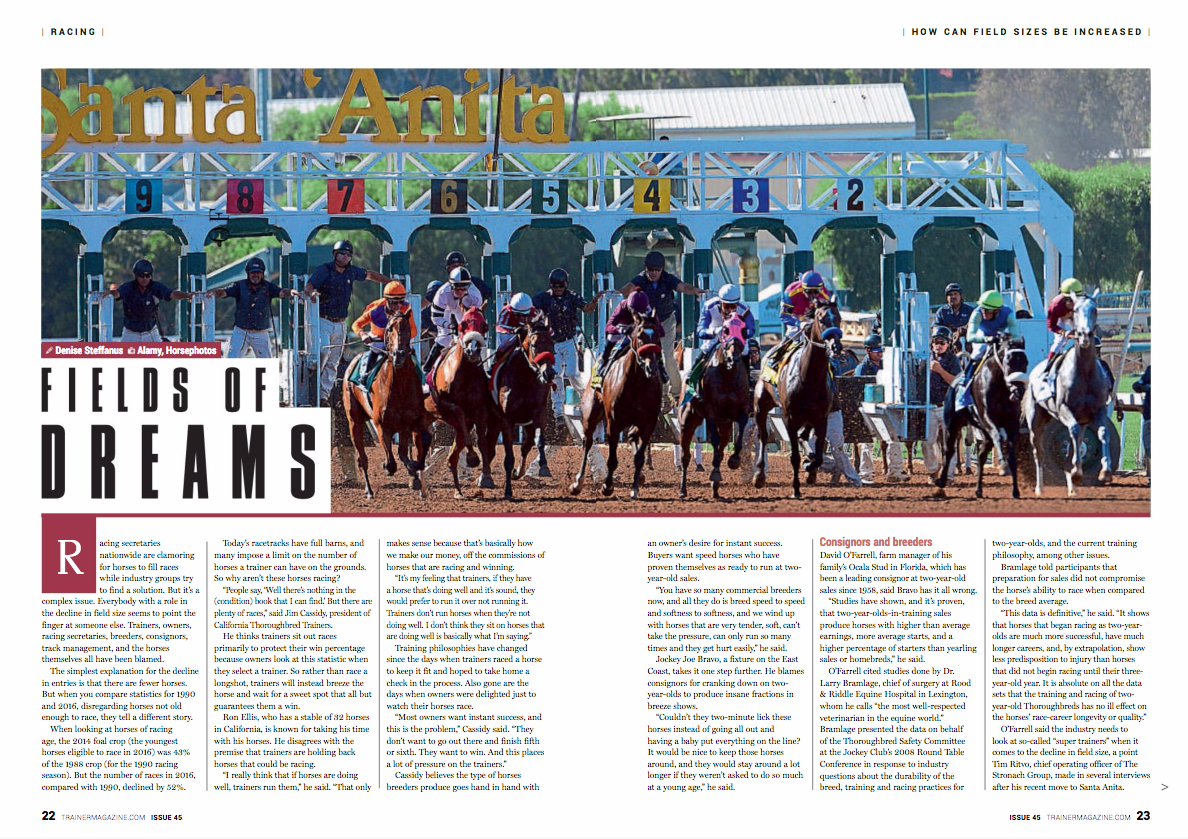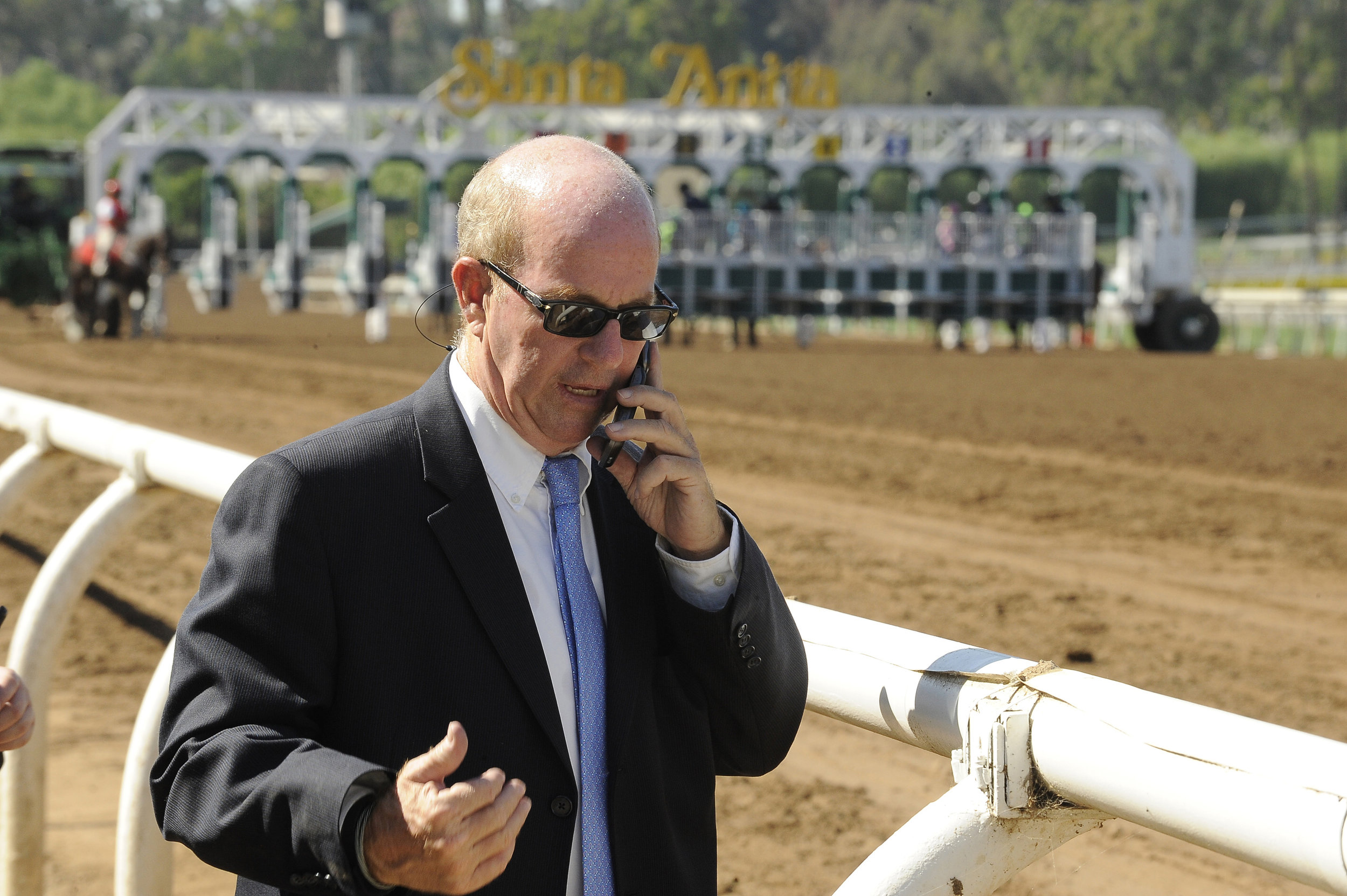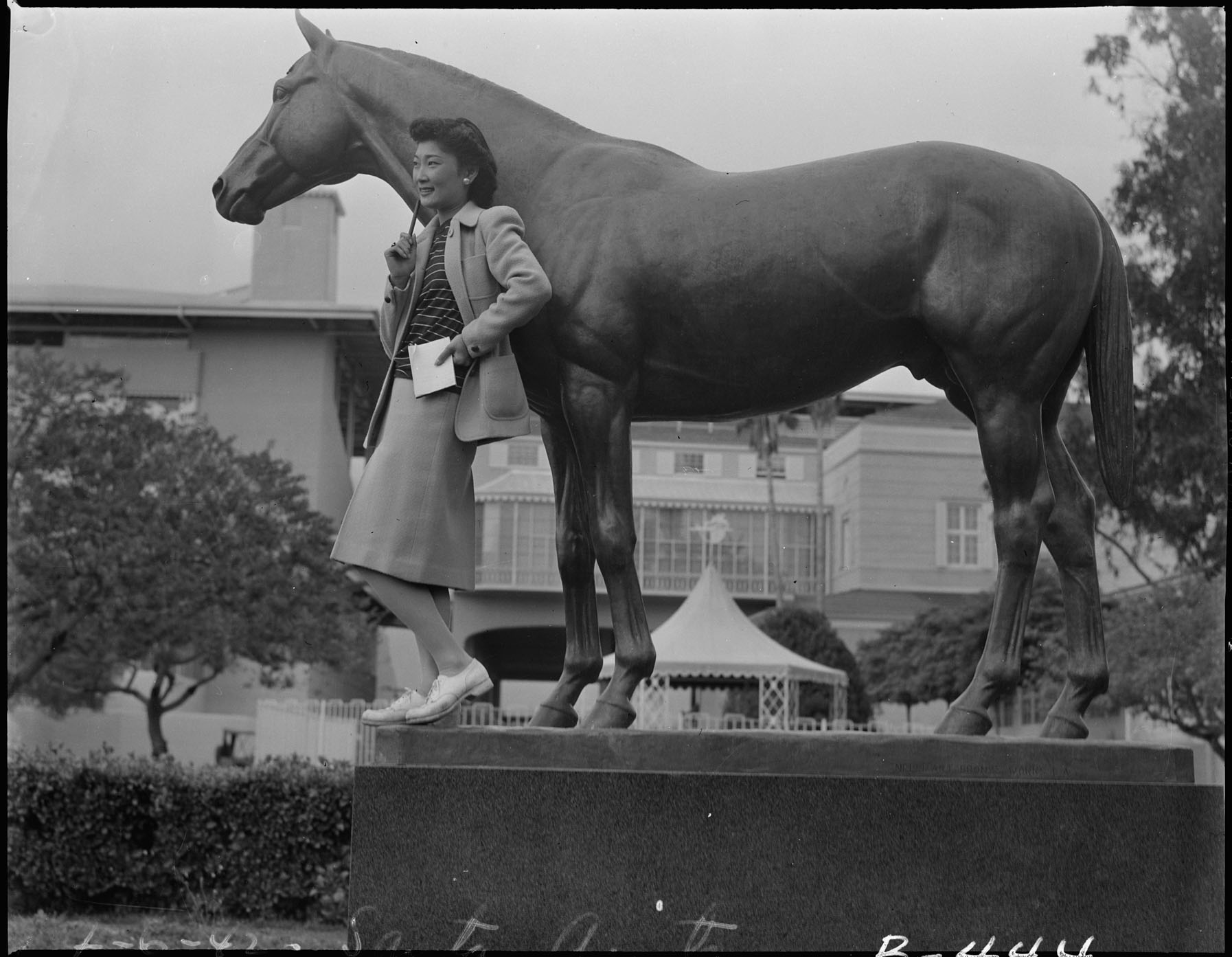Top 20 Pennsylvania Breeders of 2017
/By Linda Dougherty
It was a record-setting year for Glenn E. Brok, who in 2017 collected the most Pennsylvania Breeding Fund awards in the program’s history.
Brok, who owns Diamond B Farm in Mohrsville with his wife Becky, saw his homebreds earn $374,651, while he garnered stallion awards of $75,191, for a total of $449,842. The top homebred for Brok was The Man, a son of Ecclesiastic, who formerly stood at Diamond B. He captured the Banjo Picker Sprint Stakes for Pennsylvania-breds at Parx Racing, as well as five consecutive allowance races for a perfect six-for-six season.
“The Pennsylvania breeding program has been really great for us,” Brok said. “And our program is stronger and better than other states.”
* Donald L. Brown Jr. was the second-leading breeder in Pennsylvania in 2017, with his combined breeder and stallion awards totaling $326,862. His top three award winners were all sired by the stallion Messner, who stood at Penn Ridge Farms in Harrisburg before being exported. These were Ruby Bleu ($42,127), Wildcat Cartridge ($42,806) and Wildcat Combat ($41,794).
“The Pennsylvania breeder awards give you the best opportunity to recover and possibly profit from the expenses of raising a horse,” said Brown. “Further, the awards are great for Pennsylvania agriculture! I would rather see a farm and green grass than a parking lot or strip mall.”
* It was sheer sire power for Northview-PA, as the Peach Bottom nursery owned by Richard Golden earned $321,053 in stallion awards. Dominating the Pennsylvania sire list in terms of stallion awards earned was Jump Start, whose progeny garnered $207,984. Other stallions who stand or stood at the farm were Fairbanks ($54,988), Medallist ($28,836), Love of Money ($21,298), El Padrino ($7,352), and Bullsbay ($366). Jump Start was the top sire in the Mid-Atlantic region in 2017, with total progeny earnings of more than $5.4 million. His top Pennsylvania-bred during the year was Late Breaking News, who earned more than $47,000 in awards for his breeder, Stacy McMullin Machiz.
* Thanks to a pair of stakes-winning half-sisters, the Barlar LLC stable of owner/breeder Larry Karp was the fourth-leading recipient of breeders awards in 2017. Karp’s homebreds earned $214,866 while he earned $58,431 in stallion awards from the progeny of E Dubai, for a total of $273,297. Imply, a daughter of E Dubai out of Allude, by Orientate, captured the Northern Fling Stakes at Presque Isle Downs, accruing $161,000 in breeder awards. Her younger half-sister Advert, by Lonhro, won the Malvern Rose Stakes at Presque Isle, earning $92,624 in breeder awards.
* A bevy of homebreds and a slew of stallion awards combined to boost William J. Solomon VMD, owner of Pin Oak Lane Farm in New Freedom, into fifth place of all Pennsylvania award winners last season. Solomon had 14 homebreds running at area racetracks and they earned $102,616 in breeder awards, with the top two earners being Invisible and Hygh Life. Stallion awards for horses that stand or stood at Pin Oak Lane were $162,981, for a total of $265,597, with his leading stallion being Offlee Wild ($35,159), followed by Albert the Great ($34,102).
* Thanks to the success of homebreds at Pennsylvania racetracks sired by her champion Smarty Jones, Patricia L. Chapman completed 2017 as the sixth-leading breeding fund award recipient. Chapman earned $162,409 in breeder awards and $94,120 in stallion awards, for a total of $256,529. Chapman’s top homebreds were Someday Jones, a multiple allowance winner and second in the Lyman Stakes at Parx Racing, and Mama Jones, who placed in the Plum Pretty Stakes and the Dr. Teresa Garofalo Memorial, both at Parx.
“I’m thrilled about my top award winners,” said Chapman. “The Pennsylvania Breeders Award program has been very good to me. I am especially happy that my top winners are homebreds, by a homebred, out of my homebred mares, and that both are trained by John Servis.”
TO READ MORE --
BUY THIS ISSUE IN PRINT OR DOWNLOAD -
August - October 2018, issue 49 (PRINT)
$5.95
August - October 2018, issue 49 (DOWNLOAD)
$3.99
Why not subscribe?
Don't miss out and subscribe to receive the next four issues!
Print & Online Subscription
$24.95



























